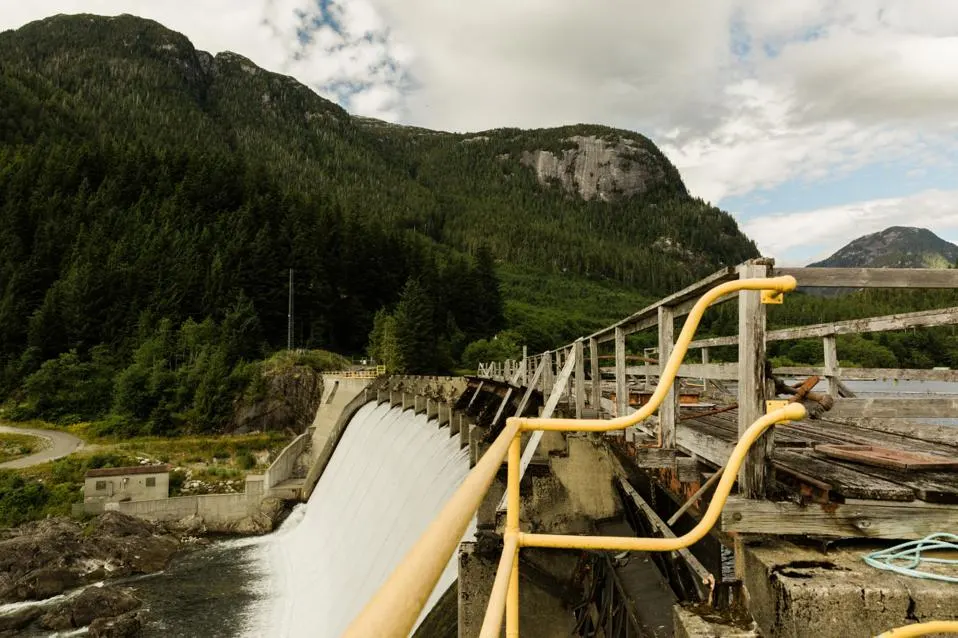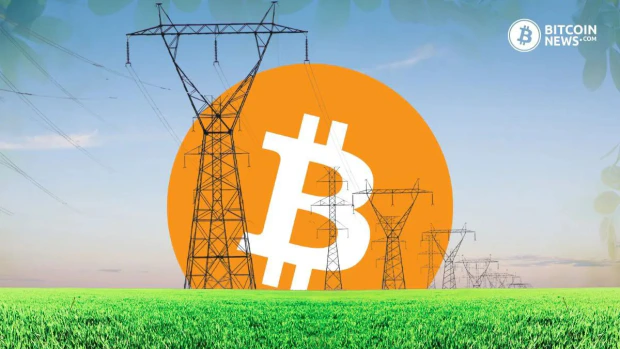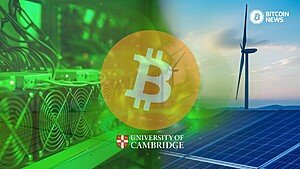As mainstream media works to denigrate bitcoin miners, the data tells a different story. There is now a growing body of evidence that mining not only supports local economies but adds to the resilience of grid infrastructure as well.
According to data from Texas A&M, mining loads show a strong, negative correlation with system wide local price and load. Conversely, non-mining activities having a positive correlation with load and price. What this means is that a bitcoin mining facility does not stress the grid.
Lee Bratcher, President of the Texas Blockchain Counsil points to ERCOT data which demonstrates that bitcoin miners’ curtailment efforts have a significant positive impact on the grid. “We recognize that ERCOT needs more visibility into the timing of these curtailments and are working collaboratively with the ERCOT to ensure this happens,” he concluded.
Related reading: Texas Cold Snap: Bitcoin Hashrate Drops by 25%
Through participating in demand response programs, miners shut off during high demand periods to ensure continuity of service. Bratcher also added that there have been approximately 2,000 rural jobs created by bitcoin miners in Texas alone.
From Canada to Paraguay, bitcoin miners are making positive impacts on communities, grids, and carbon goals. The following companies and individuals are working diligently to try and tell their stories and change the current mainstream narratives.
Load Balancing and Demand Response
Riot is a Texas based bitcoin mining company that was recently targeted by the press. CNBC reported that Riot was paid nearly $32 million to shut off during a heatwave in August, but Riot insiders say that the report doesn’t tell the whole story. “Taxpayers are not writing bitcoin miners checks to turn off,” Brian Morgenstern, Riot Head of Public Policy explained.
According to him, miners prepurchase electricity for their business operations. The bulk of the CNBC figure was achieved by selling that pre-paid power back to the grid while Riot shut down their operations. Based on Riot data, their heatwave curtailment equated to powering nearly 100,000 homes for an entire month.
“Bitcoin miners facilitate much needed power generation and serve as virtual power plants so that consumers do not experience any disruptions,” Morgenstern concluded. In addition to their demand response efforts, Riot and other bitcoin miners invest heavily in power infrastructure, which benefits rural parts of the state and creates jobs.
Texas Senator Ted Cruz has been supportive of bitcoin mining, referring to it as an emergency reserve for power. He added that it is making the grid more resilient and improving the economy.
Bitcoin Mining Facility and Stranded Energy Resources

© 2018 BLOOMBERG FINANCE LP
Bitcoin miners are also moving in to fill the gap left by globalization. It is quickly becoming a lifeline for areas once dependent upon manufacturing industries that no longer exist.
“Targeting low-cost, excess renewables for power-dense computing applications makes commercial sense as the world continues to digitize,” Daniel Roberts Co-CEO and Co-Founder of Iris Energy told me in our interview. Iris is a bitcoin mining company that focuses on renewable energy in order to make positive social impacts.
Iris operates three sites in British Columbia, utilizing excess hydro power which has historically gone to waste after the decline of the pulp and paper industry. “We support regional communities; providing new employment, as well as retraining and reskilling local workers,” Roberts said about the company’s initiatives in the area.
According to Iris data, they have provided 50 full time positions in those areas. Iris also created a community grant program which provides up to $100,000 per year for each community they operate in.
“We also look to support regional energy markets as they manage energy transition to a greater share of renewable energy,” Roberts added. The Iris sites provide an additional $65 million in revenue to power producers, alleviating the need for rate hikes on an already struggling population.
This phenomenon is not limited to Western Nations. The Itaipu dam in Paraguay is the second largest power dam in the world. It generates 14 gigawatts of power, with power split evenly between Paraguay and Brazil.
Paraguay, however, can only utilize about 2 gigawatts of the power produced. The rest has historically been sold to Brazil at a loss. Sazmining is a bitcoin mining company that has partnered with the dam in order to remedy that situation.
“By mining bitcoin in Paraguay, Sazmining is helping to harness and utilize the power locally, adding to, instead of subtracting from, the local GDP,” Kent Halliburton the President of Sazmining told me in our interview. Sazmining allows individual investors to purchase bitcoin miners and hosts them at facilities that they manage.
Now, any excess or discarded electricity can be monetized. Halliburton concludes that this leaves energy producers with excess electricity no excuse to integrate bitcoin mining into their operations in order to stay financially responsible.
Advocates posit that companies like Sazmining can entice a new type of ESG investor though bitcoin mining. In doing so, they not only support clean energy infrastructure, but developing economies as well.
Environmental Impacts
Alana Mediavilla was unhappy that bitcoin’s electricity consumption was being singled out for criticism among other industries. “Bitcoin being able to consume electricity anywhere, means it can help be a customer for stranded energy assets, which leads to infrastructure growth in that area,” Mediavilla said about bitcoin’s unique properties.
She is now channeling that passion into a bitcoin focused documentary titled Dirty Coin. “I began work on Dirty Coin close to two years ago because there needed to be more understanding of the physical footprint that our digital lives have in the real world,” Mediavilla about her ongoing efforts on the documentary.
Her production company, Filmkik, produces films for high-tech companies like PayPal, Volvo, Amazon, and more. Mediavilla is a mother of three and rose to become a Director and Executive Producer at Google Cloud, producing many of their corporate documentaries and user stories.
Though the documentary is still under production, Mediavilla has featured shorts from the film on social media, as well as a number of independent film festivals. Mediavilla expects to release the full documentary in 2024.
Despite mainstream media narratives, these companies are working diligently to ensure the Bitcoin Network continues to thrive. They are hopeful that the positive incentives will continue to win out, slowly integrating bitcoin into the energy infrastructure around the world.
Bitcoin mining has the potential to fill the gaps left by globalization in Western Nations, as well as incentivize energy development in the global south. Advocates are confident that as mining permeates communities at the grassroots level, policy makers will begin to recognize the benefits and support it as well.










